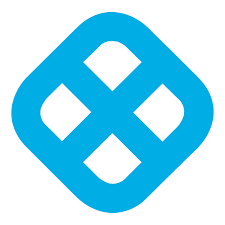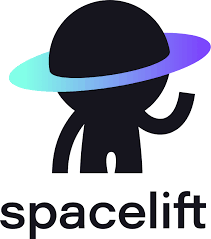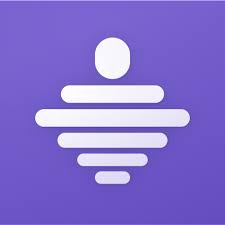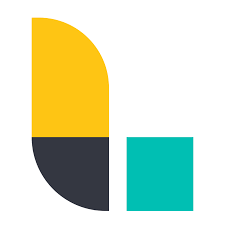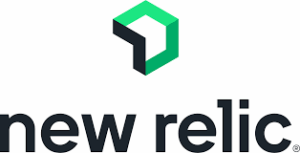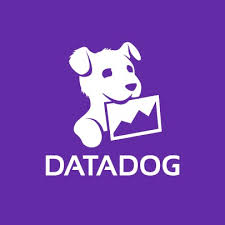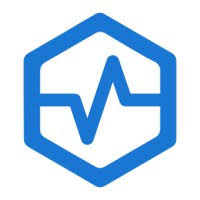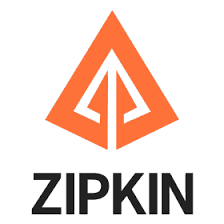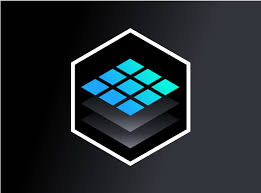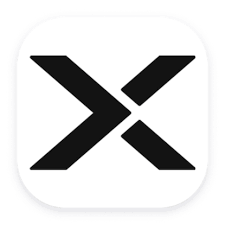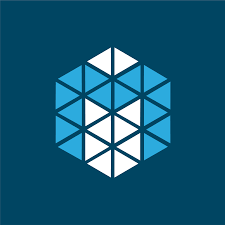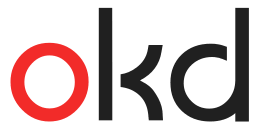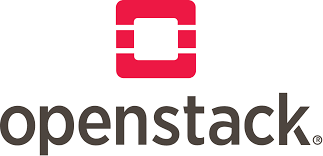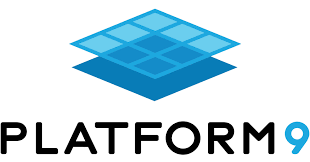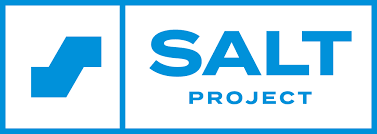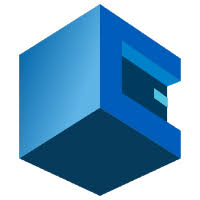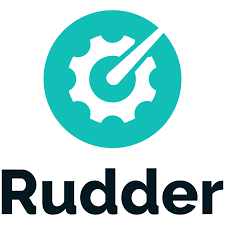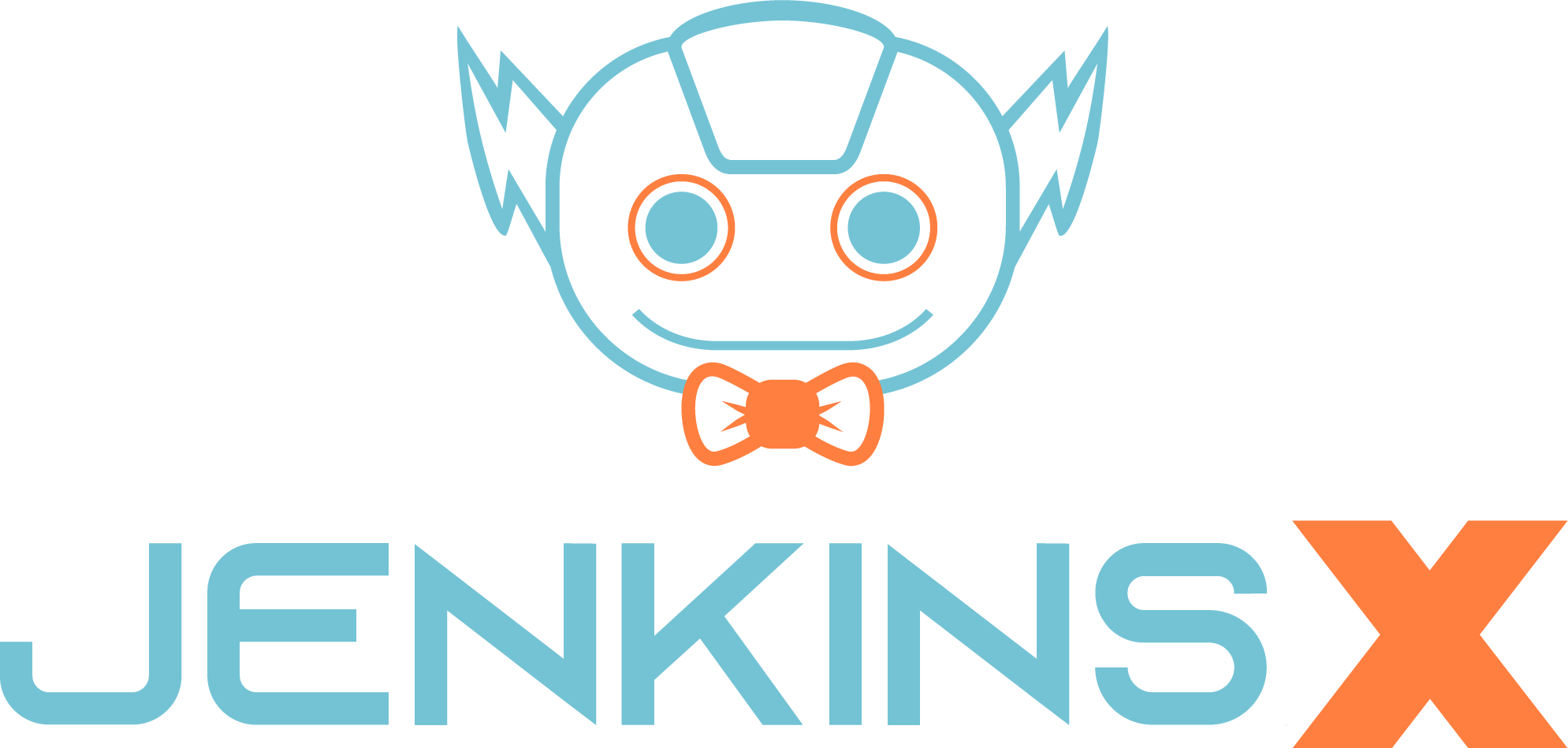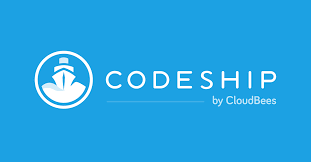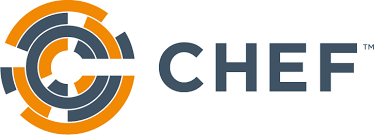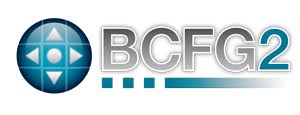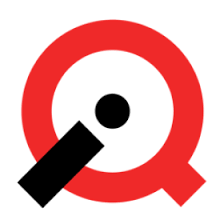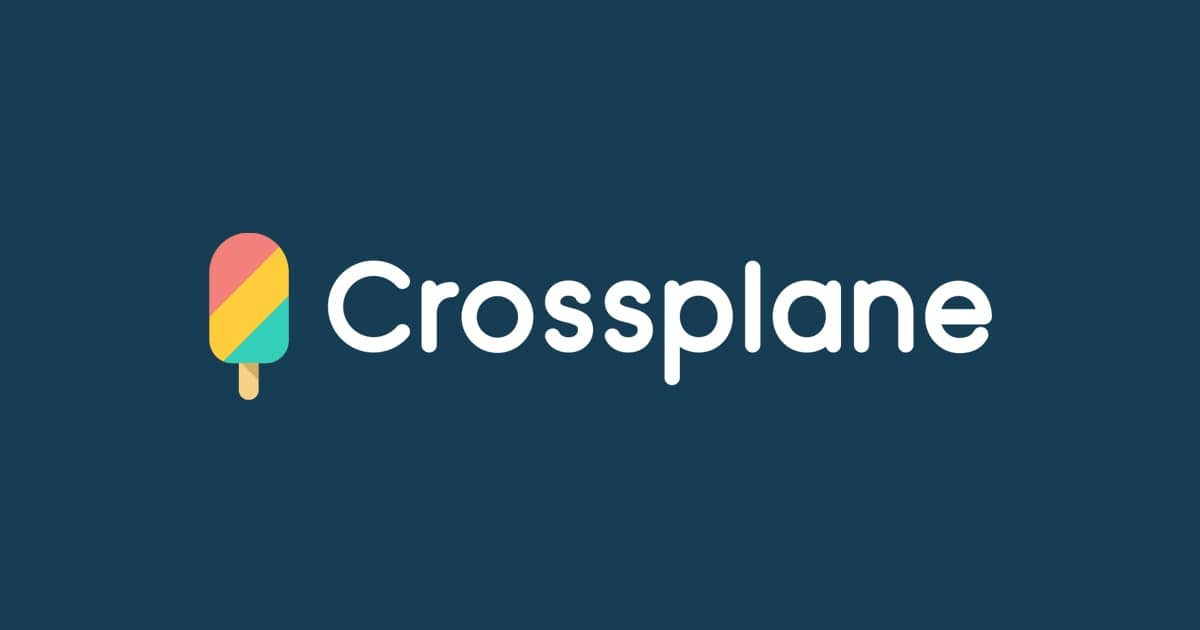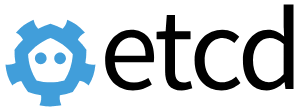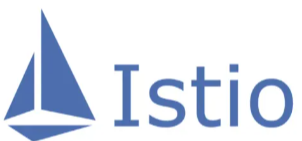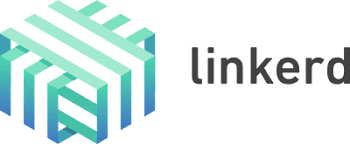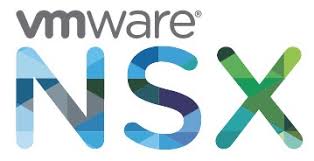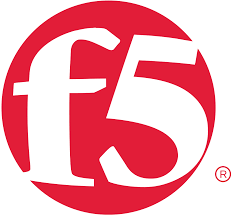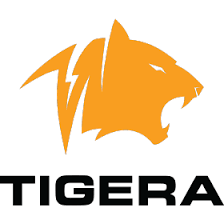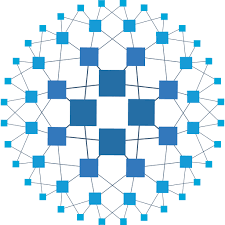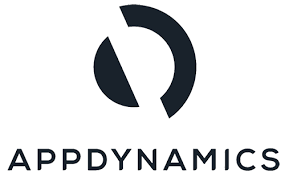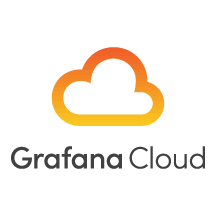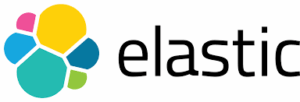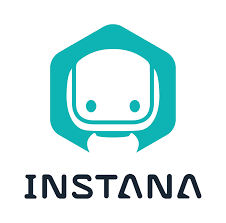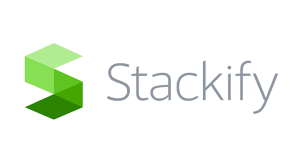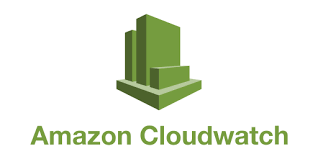SonarQube has been around for ages, and for many teams it still gets the job done. But as engineering stacks grow more complex-and security expectations keep rising-developers are hunting for tools that feel lighter, faster, or simply more aligned with how they ship code today.
Whether you want something easier to maintain, more budget-friendly, or better integrated with your existing CI/CD flow, there are plenty of solid options out there. In this guide, we’ll break down the top SonarQube alternatives worth considering and what makes each one stand out.

1. AppFirst
AppFirst focuses on making infrastructure setup something developers do not have to think about. Instead of writing Terraform files, managing VPC layouts, or juggling credentials, teams define what their application needs and let the platform handle the rest. Their approach centers on removing the usual friction around provisioning, keeping the experience simple while still meeting security and compliance requirements. They try to make infrastructure fade into the background so teams can stay focused on their actual product work.
They provide a system where security standards, cost visibility, and auditing are built in from the start. AppFirst works across major clouds and can be used as a SaaS platform or deployed in a self-hosted environment. The core idea is to keep infrastructure predictable and automatically configured so developers do not need a separate infra team or custom tooling to keep everything running smoothly.
נקודות עיקריות:
- Automatic provisioning based on app level requirements
- Built-in security standards and best practices
- Cost transparency with audit logs
- Supports AWS, Azure, and GCP
- SaaS and self-hosted options
- Removes the need for custom infra scripts or tooling
Who it’s best for:
- Teams that want infrastructure handled with minimal manual work
- Developers shipping backend services without dedicated DevOps support
- Companies looking for consistent cloud environments across providers
- Teams that prefer security and cost controls to be applied automatically
פרטי קשר:
- אֲתַר אִינטֶרנֶט: www.appfirst.dev

2. Codacy
Codacy tries to solve a problem almost every engineering org eventually runs into: code quality rules scattered across five tools and seven teams. Their platform centralizes everything – security rules, style checks, policy enforcement – so the standards stay the same whether code is being written, reviewed, or deployed.
One thing they talk about a lot lately is how they pair static analysis with AI-assisted development. They’re not trying to replace AI tools, but to wrap some guardrails around them so you don’t suddenly end up merging risky or sloppy changes. It’s more about consistency than control.
נקודות עיקריות
- Centralized rules and policies for quality and security
- Static analysis paired with AI assisted coding workflows
- Uniform checks across the entire software lifecycle
- Support for organization-wide standards
- Designed to reduce inconsistency across teams
Who it’s best for
- Teams that struggle to maintain consistent security rules
- Organizations using AI coding assistants and needing guardrails
- Companies with multiple development teams or varying workflows
- Groups wanting unified quality and security enforcement across CI/CD
פרטי קשר
- Website: www.codacy.com
- Twitter: x.com/codacy
- LinkedIn: www.linkedin.com/company/codacy
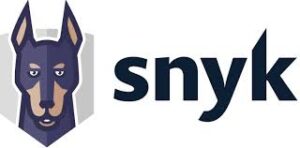
3. Snyk
Snyk has built a reputation as a tool developers actually don’t mind using. Instead of burying teams in security checklists, they focus on making scanning and fixing issues feel like part of the regular workflow.
Their newer updates lean heavily into AI – auto-fix suggestions, faster analysis, support for AI-generated code. They’ve also pushed an agent-based system that watches your code and dependencies in the background, so issues get surfaced earlier instead of at the end of a long pipeline run.
נקודות עיקריות
- AI engine for spotting and fixing code flaws quickly
- Covers static analysis, open-source, containers, and APIs
- Workflows built for developers with easy prioritization
- Auto-remediation to keep security from blocking progress
- Ties into common tools for smooth monitoring
Who it’s best for
- Devs building with open-source who need supply chain checks
- Security leads juggling risks in dynamic environments
- Teams pushing for DevSecOps without extra layers
- Companies dealing with compliance in app development
פרטי קשר
- אתר אינטרנט: snyk.io
- טוויטר: x.com/snyksec
- לינקדאין: www.linkedin.com/company/snyk
- Address: 100 Summer St, Floor 7, Boston, MA 02110, USA
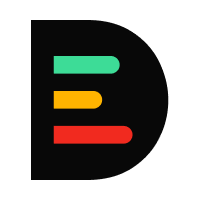
4. DeepSource
DeepSource feels like the “clean up your code without annoying the developers” option. It handles static analysis, dependency scanning, formatting, issue baselines, and PR reviews – all in a way that’s meant to stay out of the team’s way.
Their baseline approach is nice: instead of showing every issue your repo has accumulated over five years, you only see what’s new. They also include AI-powered fixes for common problems and compact reports that are actually readable, not just giant JSON dumps.
נקודות עיקריות
- Instant scans on commits and PRs without pipeline changes
- AI-driven fixes for common issues like vulnerabilities
- Support for multiple languages and repo types
- Custom rules and reports that fit team needs
- Free option for smaller setups with easy scaling
Who it’s best for
- Startup crews wanting quick security without complexity
- Mid-sized teams replacing outdated analysis setups
- Devs focused on clean code in monorepos
- Outfits enforcing quality gates in fast releases
פרטי קשר
- Website: deepsource.com
- Twitter: x.com/deepsourcehq
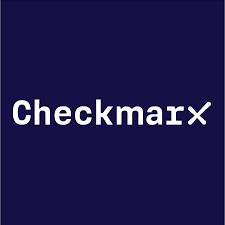
5. Checkmarx
Checkmarx focuses on helping large enterprises manage application risk across growing codebases and complex development environments. Their approach centers on providing tools that identify security issues early while fitting into fast-moving development cycles. They aim to support organizations that need predictable scanning and remediation workflows without slowing releases or requiring major process changes.
They position their platform as reliable for companies with large engineering footprints, offering scanning and analysis designed to keep pace with high-volume development. Checkmarx emphasizes readiness and speed, aiming to help teams stay ahead of application risk while maintaining development momentum.
נקודות עיקריות
- Combines static, dependency, and runtime scans in one spot
- AI guidance for fixes straight in dev tools
- Broad language support with framework compatibility
- Noise reduction to highlight real threats
- Ties into pipelines for ongoing risk tracking
Who it’s best for
- AppSec folks tired of alert overload
- Devs wanting security woven into their tools
- Leaders at big companies eyeing compliance
- Teams securing code in AI-heavy workflows
פרטי קשר
- אתר אינטרנט: checkmarx.com
- פייסבוק: www.facebook.com/Checkmarx.Source.Code.Analysis
- טוויטר: x.com/checkmarx
- לינקדאין: www.linkedin.com/company/checkmarx
- Address: 140 E. Ridgewood Avenue, Suite, 415, South Tower, Paramus, NJ, 07652

6. Veracode
Veracode focuses on application risk management across the full software lifecycle. Their platform identifies vulnerabilities in code, dependencies, and infrastructure, then supports remediation with automated fix suggestions and guidance. They use an AI-powered engine to analyze code across many languages, focusing on root causes and prioritization so teams can handle issues efficiently without getting overwhelmed by noise.
They also provide visibility into risk across an organization, which can help security teams manage policies, compliance, and long-term planning. Developers get tooling that integrates into their existing workflows, giving them practical guidance while they write or review code. Veracode targets both sides of the engineering process: the technical security needs of developers and the governance requirements of security leaders.
נקודות עיקריות
- Scans code in many languages with AI prioritization
- Auto-fixes and root cause breakdowns for issues
- Covers AI code, dependencies, and full chains
- Fits into SDLC for steady risk control
- Low noise thanks to proven data sets
Who it’s best for
- Execs needing a clear view of app risks
- Security groups enforcing policies smoothly
- Devs shipping secure stuff under tight deadlines
- Firms tackling supply chain and AI challenges
פרטי קשר
- אתר אינטרנט: www.veracode.com
- דוא"ל: hq@veracode.com
- פייסבוק: www.facebook.com/VeracodeInc
- טוויטר: x.com/Veracode
- לינקדאין: www.linkedin.com/company/veracode
- אינסטגרם: www.instagram.com/veracode
- Address: 65 Blue Sky Drive, Burlington, MA 01803
- Phone: +1 888 937 0329

7. Aikido Security
Aikido focuses on simplifying security work for development teams by bringing multiple security capabilities into one platform. They built their system as a response to tools that felt slow, noisy, or overly complex. Their approach centers on showing only the issues that matter and giving developers a straightforward path to fix them. Instead of layering more tools on top of each other, they unify scanning for code, dependencies, secrets, and cloud environments in one place.
They aim to make security tasks feel closer to regular development workflows. The platform avoids unnecessary friction by reducing false positives and presenting insights that can be acted on quickly. Aikido covers areas from code to cloud and runtime, allowing teams to start with a single module and expand as their needs grow.
נקודות עיקריות
- Merges scanners for code, cloud, and runtime coverage
- AI autofix with one-click PR creation
- Cuts alert noise by a lot through smart filtering
- Secure data handling with temp environments
- Hooks up to tons of tools like GitHub and Jira
Who it’s best for
- Dev groups streamlining quality checks
- Mid-large companies chasing compliance
- Teams scaling cloud and container security
- DevSecOps crews avoiding scanner sprawl
פרטי קשר
- Website: www.aikido.dev
- E-mail: sales@aikido.dev
- Twitter: x.com/AikidoSecurity
- LinkedIn: www.linkedin.com/company/aikido-security

8. Contrast Security
Contrast Security focuses on application protection based on runtime visibility rather than relying mainly on point-in-time scans. They built their approach on the idea that traditional AppSec struggles to keep up with modern, fast-paced development cycles, especially when teams ship code frequently and work with AI-generated components. Their system is designed to provide continuous insight into what is happening inside running applications, giving teams context they do not typically get from static testing alone.
They also aim to reduce the noise and false positives that accumulate when using multiple scanning tools. By combining runtime context with their detection methods, they try to help teams focus on issues that represent real risk. Their platform is shaped around collaboration between developers, AppSec teams, and operations, with the goal of making security work more aligned with how modern software is built and deployed.
נקודות עיקריות
- Runtime detection for apps and API risks
- AI help for smart remediation steps
- Risk scoring with real-time alerts
- Observability tools for threat tracking
- Covers full lifecycle from build to run
Who it’s best for
- Enterprises running modern app stacks
- Teams needing live threat response
- Groups using AI for security tweaks
- Outfits wanting deep runtime insights
פרטי קשר
- אתר אינטרנט: www.contrastsecurity.com
- דואר אלקטרוני: jake.milstein@contrastsecurity.com
- לינקדאין: www.linkedin.com/company/contrast-security
- Phone: +1 888-371-1333

9. Semgrep
Semgrep provides code analysis tooling that aims to help teams scale secure development without overwhelming developers with noise. Their platform supports SAST, SCA, and secrets scanning, with filtering features that try to remove common false positives. They combine rule-based scanning with contextual signals and AI-driven noise reduction, giving teams results they can more confidently review and share with developers.
They also offer remediation guidance and optional AI-assisted fixes through their assistant. Findings can be surfaced directly inside existing workflows, such as pull requests, issue trackers, and IDEs. Semgrep emphasizes an approach that keeps developers involved without disrupting their usual practices, supporting secure development through accessible and predictable feedback.
נקודות עיקריות
- AI filtering for clean SAST and SCA results
- Assistant for triage and workflow fixes
- Custom rules for specific OWASP checks
- Quick CLI and API for broad use
- Transparent setup with visible logic
Who it’s best for
- AppSec handling scale without tweaks
- Devs folding security into PRs
- Leads building out security programs
- Teams with unique vuln patterns
פרטי קשר
- Website: semgrep.dev
- Twitter: x.com/semgrep
- LinkedIn: www.linkedin.com/company/semgrep
10. GitLab
GitLab provides a DevSecOps platform that brings source control, CI/CD, security, and collaboration into one environment. The company started from an open source project and grew into a platform used by engineering teams looking to streamline their development and deployment processes. Their approach supports remote work, transparency, and iteration, which aligns with how modern distributed teams operate.
Security is integrated directly into the development process rather than added later. GitLab includes tools for scanning, policy management, and compliance, allowing teams to focus on building and shipping code without assembling a large toolchain. Their mission centers on enabling people to contribute and collaborate, making development and security part of the same workflow.
נקודות עיקריות
- Security baked into DevOps for supply chain defense
- Compliance automation across the lifecycle
- Standards support like SOC 2 and GDPR
- Web attack monitoring tools
- Single platform for secure workflows
Who it’s best for
- DevSecOps teams balancing speed and safety
- Companies securing software chains
- Groups meeting GDPR or cloud certs
- Enterprises streamlining compliance
פרטי קשר
- Website: gitlab.com
- LinkedIn: www.linkedin.com/company/gitlab-com
- Facebook: www.facebook.com/gitlab
- Twitter: x.com/gitlab

11. Kiuwan
Kiuwan provides tools for analyzing applications across common programming languages and environments. Their platform integrates into standard development workflows and uses industry-recognized scoring methods to help teams understand the severity and priority of vulnerabilities. The focus is on giving development and security teams consistent insight into application risks with minimal disruption.
They also align their tools with common standards so organizations can maintain structured security practices. In addition to vulnerability analysis, Kiuwan offers a set of related DevOps tools such as app shielding, test management, and automation utilities that can fit into broader development pipelines.
נקודות עיקריות
- Multi-language scans with IDE ties
- Flexible cloud or local deployment
- Standard compliance like OWASP and NIST
- Vulnerability and quality reporting
- SDLC integration for audits
Who it’s best for
- Devs analyzing code in varied languages
- QA securing cloud governance
- Teams managing third-party risks
- Enterprises in DevSecOps testing
פרטי קשר
- Website: www.kiuwan.com
- Facebook: www.facebook.com/Kiuwansoftware
- Twitter: x.com/Kiuwan
- LinkedIn: www.linkedin.com/company/kiuwan
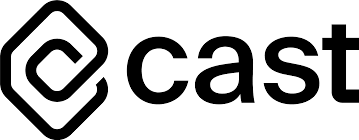
12. CAST
CAST focuses on software intelligence, aiming to give companies deep insight into their software architecture and codebases. Their tools are built around the idea that modern applications have grown too large and complex for manual understanding, especially with AI increasing the amount of generated code. CAST maps software systems to give deterministic context that other tools can use, including AI systems that need a clear picture of the underlying architecture.
They work with large enterprises and partners in consulting and cloud services, supporting teams that need visibility into legacy systems, modernization efforts, or large-scale portfolios. CAST positions software intelligence as a foundation for understanding, improving, and evolving long-lived, complex applications.
נקודות עיקריות
- App stack visualization and interactions
- Debt, maturity, and exposure detection
- Modernization guidance and AI context
- Fault finding in large systems
- Dataset-driven software smarts
Who it’s best for
- Leaders overseeing app portfolios
- Architects digging into structures
- AI users needing code context
- Firms updating tangled apps
פרטי קשר
- Website: www.castsoftware.com
- Twitter: x.com/SW_Intelligence
- LinkedIn: www.linkedin.com/company/cast
- Address: 1450 Broadway, Floor 26, New York, NY 10018
- Phone: +1 212 871 8330

13. אפנוקס
Appknox provides security testing for mobile applications across different stages of the development lifecycle. Their approach combines automated scanning with options for manual testing, covering areas like SAST, DAST, API testing, and penetration testing. The company is built around a team with a background in mobile security research and aims to help businesses identify weaknesses in mobile apps before they reach production.
They focus on creating a structured process that supports DevSecOps practices for mobile teams. Over time, they have expanded their research capabilities and tools to provide coverage for organizations that rely heavily on mobile products. Their platform is used across industries that require consistent security checks for mobile deployments.
נקודות עיקריות
- Binary scans for varied app sources
- Pipeline integration for automation
- Fake and vuln app detection
- Reg support like PCI and HIPAA
- Dashboards with fix guides
Who it’s best for
- Finance or health with strict security
- Teams handling global compliance
- Large multi-platform app managers
- Devs embedding mobile security
פרטי קשר
- אתר אינטרנט: www.appknox.com
- דוא"ל: marketing@appknox.com
- Facebook: www.facebook.com/appknox
- טוויטר: x.com/appknox
- לינקדאין: www.linkedin.com/company/appknox-security
- Address: XYSec Labs, Inc. 2035 Sunset Lake Road, Suite B-2, Newark, Delaware 19702

14. Embold
Embold provides static code analysis tools aimed at helping developers understand structural issues in their codebases. After years of research, the platform was created to support teams in identifying patterns, design problems, and maintainability concerns. Their tools help developers focus on improving code quality before issues grow into larger problems.
The company operates across several regions and has built a team covering engineering, machine learning, strategy, and product development. Embold emphasizes a culture focused on technology and collaborative work, aiming to support developers in producing cleaner and more maintainable code
נקודות עיקריות
- PR and commit quality tracking
- KPIs on code health effects
- Refactor tools and visuals
- MISRA and safety standard checks
- Dupe and anti-pattern detection
Who it’s best for
- Teams guarding mission apps from debt
- Enterprises in functional safety
- Devs using IDEs for instant notes
- Large codebase monitors
פרטי קשר
- Website: embold.io
- E-mail: support@embold.io
- Twitter: x.com/embold_io
- LinkedIn: www.linkedin.com/company/embold-technologies
- Address: Ludwigstrasse 31,60327, Frankfurt am Main, Germany
מַסְקָנָה
Choosing a SonarQube alternative isn’t really about picking “the best tool on the list” – it’s about figuring out what your team struggles with day to day. Some teams care about deep enterprise security. Others just want cleaner pull requests, or fewer false positives, or something lightweight that won’t slow down a CI job.
The good news is that the ecosystem has grown way past old-school static analysis. Tools now bring in AI-generated tests, runtime visibility, architectural insights, mobile-specific security checks, and even automated help with flaky tests. In other words, you can actually choose something that fits the way your team builds software – not the way tools used to expect you to build it







